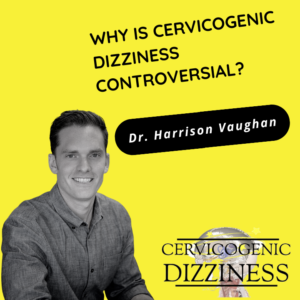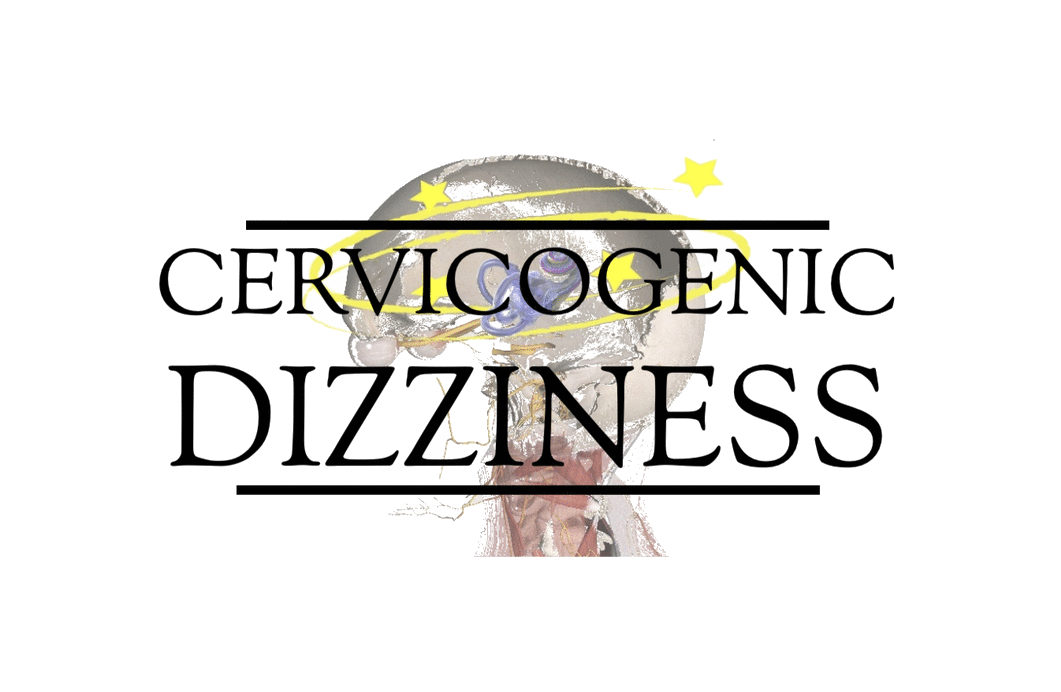What is the difference in Vertigo and Cervicogenic Dizziness?
January 7, 2022Cervical Torsion Test
November 28, 2022
Why is Cervicogenic Dizziness controversial is a common question we get. This post will break down three reasons why the diagnosis is disputed.
One reason that the diagnosis is controversial is that we do not fully understand the pathophysiology. We have basic science telling us that causing pain in the upper neck can cause disturbances in equilibrium. We also have science telling us that treating the neck can help symptoms when other treatments have not.
Even with this information, many doctors think it does not exist.
With that said, the main theory is that pain and/or trauma to the neck can result in a sensory mismatch between the vestibular, somatosensory, and visual afferent inputs. The goal of treatment then is to normalize the sensory input to the vestibular nucleus and have a more homeostatic system.
A second reason is that we do not have a specific test for Cervicogenic Dizziness. There are several types of clinical examination procedures that we can do to help us make a diagnosis, but unfortunately, no specific test yet exists.
The tests that do help us diagnose Cervicogenic Dizziness is more of tests of exclusion. This means that we can use other tests to rule out competing vestibular causes that then can rule in the neck.
Any type of diagnosis that is one of exclusion will have this type of issue.
A third reason is that some patients have high neck pain levels and no dizziness while others have high dizziness intensity levels and minimal neck pain. Therefore, there is not a direct correlation between pain and otoneurological symptoms.
I will break down the reason for the third reason in another blog and video post. Stay tuned.
In conclusion, Cervicogenic Dizziness is a controversial diagnosis. Even though we now have clinical reviews and even relief from surgical procedures helping us understand it, there is still controversy.
The neurology and success behind the neurology and treatment of Cervicogenic Dizziness is continuing to grow. However, due to the above reasons, we may never have this diagnosis set in stone.
You can watch me discuss this topic in more detail in our video below.
